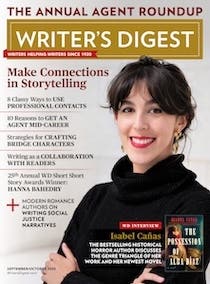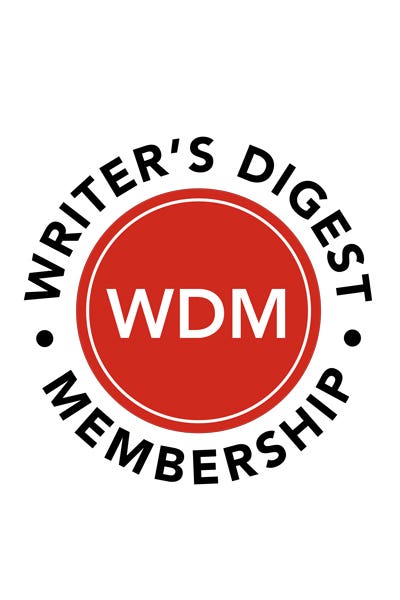Using Research as Inspiration for Picture Books
Jacqueline Briggs Martin, author of the Caldecott award-winning Snowflake Bentley, has written more than a dozen children”s books, many of which celebrate the natural world. Here she talks about how her research on historical figures, nature, and snowflake photographer Wilson Bentley spark pictured books that are part story, part fact.
Many of your books deal with environmental themes. How did this become a focus for you?
When I was a child I loved walking the lanes, fields and woods of our farm. I still love being in the outdoors. I love the surprises that happen outdoors: seeing a butterfly skim past and land on a flower; hearing a cardinal call from a nearby bush; coming upon a heron standing like a statue in shallow water waiting for lunch. Because these experiences are so important to me, they naturally find their way into my work.
How did you first learn of Wilson Bentley, the real-life inspiration for Snowflake Bentley, and what made you decide to tell the story of his life in a children''s book?
I first learned of Wilson Bentley in an article published in Cricket magazine in 1979. I was instantly drawn to him because of our similar backgrounds. He spent his life on a farm in Vermont. I grew up on a farm in Maine. I loved the story of his life—that he was so determined to share the beauty of snowflakes with others that he worked in obscurity for many years and worked with little financial reward. His reward was definitely in the work.
Because we all were fascinated with the story of his life, Wilson Bentley became like a distant relative to our family. We would often mention him when it snowed in Iowa and we looked for copies of his photographs in old books that we came across at garage sales. One snowy Christmas morning when my kids Justin and Sarah had reached college age we were out walking. We talked about how Wilson Bentley would love the snow that was falling around us. Then either Sarah or Justin said, "Mom why don''t you write about Snowflake Bentley?" And I thought, "Why don''t I?" So after Christmas I began to research his life.
Although your books sound like stories, they are very much based on historical or contemporary fact and even include how-to sections and other educational information. How did you devise this successful structure?
With the Green Truck Garden Giveaway, which is about giving away gardens, I wanted the book itself to be the gift of a garden. I hoped readers who wanted to grow a marigold or a radish after reading the story would have the information to do so. So I included the gardening information along with the text. I think growing trees is wonderful work and included instructions for sprouting and planting acorns in Button, Bucket, Sky for the same reason.
Often in researching a story I find information so interesting I want to include it somewhere in the book. The information on healing plants in Grandmother Bryant''s Pocket helps to make a connection from Sarah Bryant''s time to our own. We still find dandelions. We still see great mullein, or velvet dock, growing along our roadsides.
I think readers find this information interesting. Often it works to make the stories meaningful to an audience older than the typical picture book audience. I sometimes wish I had included more of this information, such as instructions for making a pocket, in Grandmother Bryant''s Pocket, but I don''t ever want the story to be a vehicle for nonfiction information. It should always work the other way—the additional information extends the story, connects the reader to the story in another way.
With Snowflake Bentley my editor, Ann Rider, and I wanted the story to be spare and accessible to younger children. But in cutting the story to 1,000 words we lost many of the wonderful details of Wilson Bentley''s life. The sidebars were a way of putting the information back into the book so it would be there when readers were ready for it.
How do you research your books?
I love doing the research for my books. It is always exciting to learn something new. I go to primary sources when I can. For Snowflake Bentley I read all of Wilson Bentley''s published articles on snow crystals and snow storms that I could find. I read other people''s accounts of him. I read a magazine article containing an extensive interview with him. And I visited his home town of Jericho, Vermont, saw his camera, his black tray and several of his original photographs. I also saw his house and the attached shed where he took the photographs of snow crystals. I always learn much more than I can use in my stories. But I think all that I have learned helps me choose and shape what will eventually be in the story.
This interview appeared in Children''s Writer''s & Illustrator''s Market. Check out the current edition.



